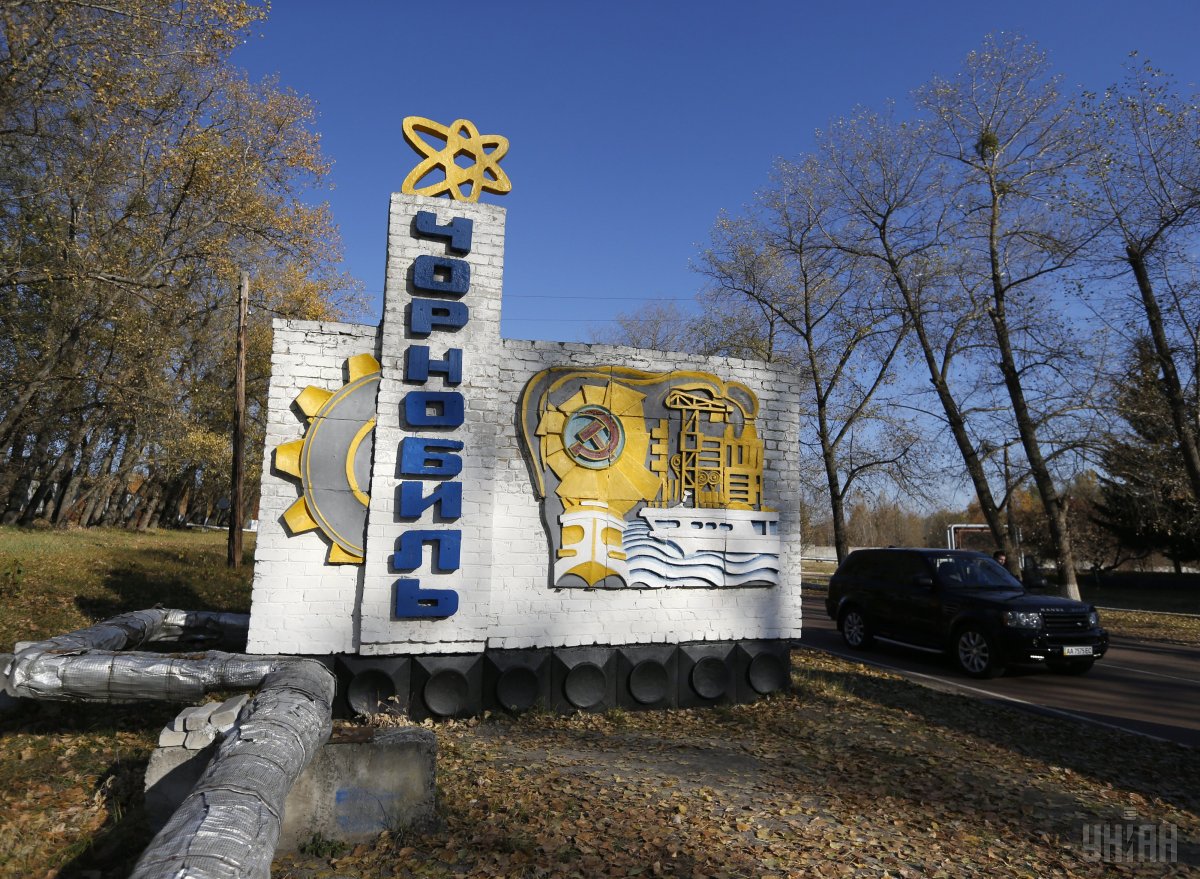
Trip to Chornobyl
On the 30th anniversary of the Chornobyl nuclear disaster, the most devastating in human history, an UNIAN correspondent visited the “Zone” along with his Ukrainian and foreign colleagues and saw the new confinement being built, which for the next century will conceal the remnants of the reactor destroyed on April 26, 1986.
Going to the exclusion zone of the Chornobyl nuclear power plant, you might expect to see the deserted and abandoned area, affected by the disaster. But in fact, you get on a major construction site, the largest since Euro 2012 Football Cup, with some elements of a nostalgic farewell to the Soviet Union.
Over the past three decades, the media have not made the image of the Zone any clearer for the Ukrainians. People are still happy to believe various speculations and frightening rumors. Therefore, having passed the first checkpoint, you expect you will physically feel high radiation levels, and imagine the surroundings as a scorched area with infected flora and fauna. And you’ll be very surprised to find out that it is nothing like that.
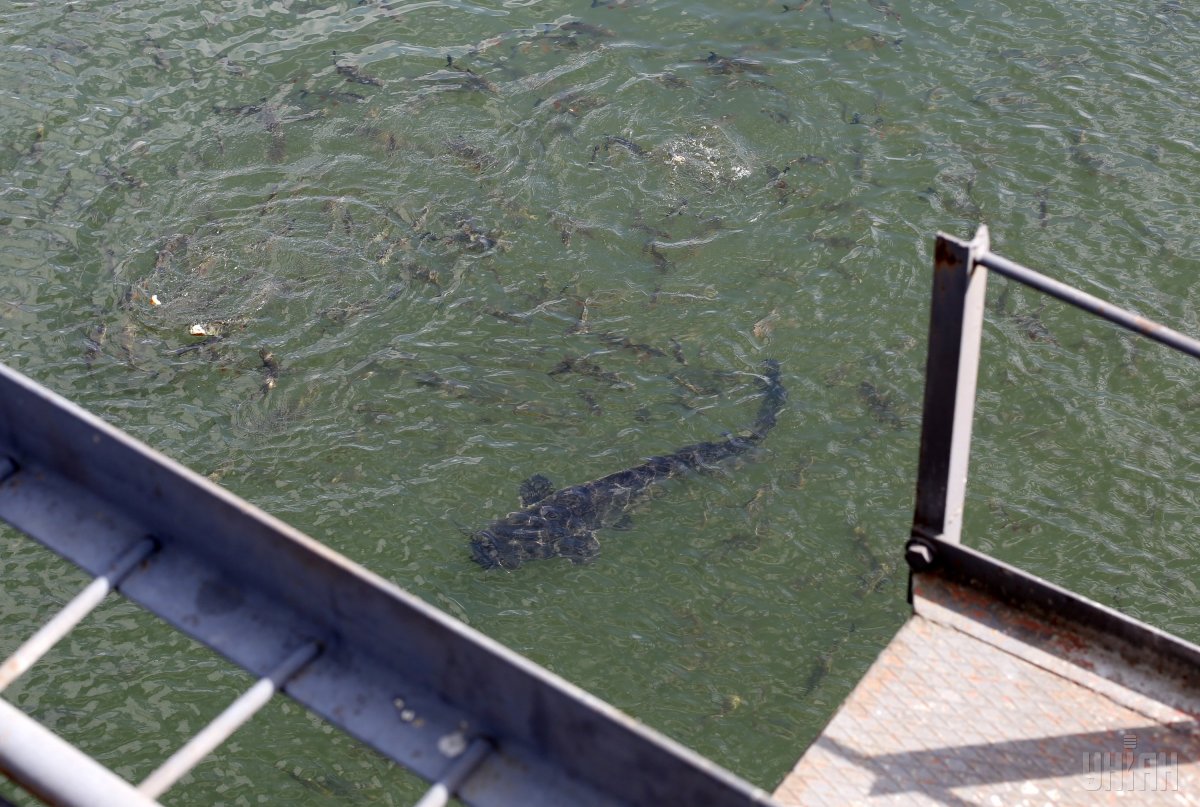
Radiation levels are indeed higher than the average across Ukraine. However, outside the 10-kilometer perimeter around the Chornobyl NPP, they are not that high. Three decades a sufficient clean-up have done their job, as my colleague from Japan confirmed. This journalist from a country also affected by a nuclear disaster just a while ago came to Chornobyl with a task from his editor to show the Japanese audience the dire consequences of the Chornobyl accident, but, in fact, the curious man failed to find any high levels of contamination.
"When the accident happened at Fukushima [nuclear power station], I arrived there a few days later. The radiation level was through the roof. I thought I would see about the same thing here, because I know that after the accident, in the 80s, there was no active decontamination here," he said.
However, it is quite possible to detect spots with extremely high radiation level in the area near the Chornobyl NPP, so it is better not to step off the beaten route without a dosimeter. That’s what the hosts warn the visitors about.

As for the environment behind the first checkpoint, it can easily confuse the newcomers. There is nothing unusual in the bumpy road, abandoned farms and villages, overwhelmed with shrubs – the image prevailing in the rural areas away from the main roads across the Ukraine.
The first residential settlement, which comes across in the way of Zone’s guests, Chornobyl, can easily be confused with just about any provincial town. Before the evacuation, it was home to nearly 15,000 residents. Now, the city's population are employees of the decommissioned Chornobyl NPP and other public facilities related to the liquidation of the disaster aftermath and finding new functional tasks for the Zone. These experts, along with firefighters and police officers live in dorms in the center of Chornobyl.
The visitors see people strolling, vehicles driving around, which leaves them a bit perplexed: is it really the Zone? The only thing that gives Chornobyl away is no children out on the streets and no kiosks with snacks and whatnot, so traditional for the Ukrainian cities.
And only after passing the city and the checkpoint of a 10-kilometer exclusion zone, you feel that you are approaching the site of the tragedy. As we move forward, we see the unfinished 5th and 6th reactors of the Chernobyl NPP. The plant initially planned to install a total of 12 of these.
Generally, nuclear engineers treat the Chornobyl NPP with a sense of warm nostalgia. It seems they still hope that someday everything will return to normal. "I was surprised how your nuclear power plant staff are proud of their work. After the accident at Fukushima, people working there were ashamed and concealed their job titles," the Japanese reporter said, quite amused with his discovery.
This is not surprising, as nuclear experts in the Soviet Union, in addition to respected allowances and benefits enjoyed a special social status. Now, instead of supplying the country with a valuable resource, Chernobyl staff are engaged in the liquidation of the aftermath of the accident, and they are almost forgotten. Meanwhile, the state regularly attempts to lift their social benefits and surcharges. The 30th anniversary of the Chornobyl disaster could be marred with protests of Chornobyl Zone workers, as the 2016 budget provided for a 30% cut in salaries. Mass rallies were avoided as the government wisely reviewed its initial decision. However, the abolition of the right to preferential pensions is still looming over the staff, and the Cabinet might change its mind again, right after the anniversary.
The main object of the Exclusion Zone is a so-called Confinement, which is being built by a French-based Novarka consortium and funded by international donors. A giant 30,000-tonne steel arch by the end of this year will be moved a few hundred meters and will cover a sarcophagus built 30 years ago over power unit 4 of the Chornobyl NPP due to the heroic efforts of liquidators. This will ensure its isolation for the next 100 years.
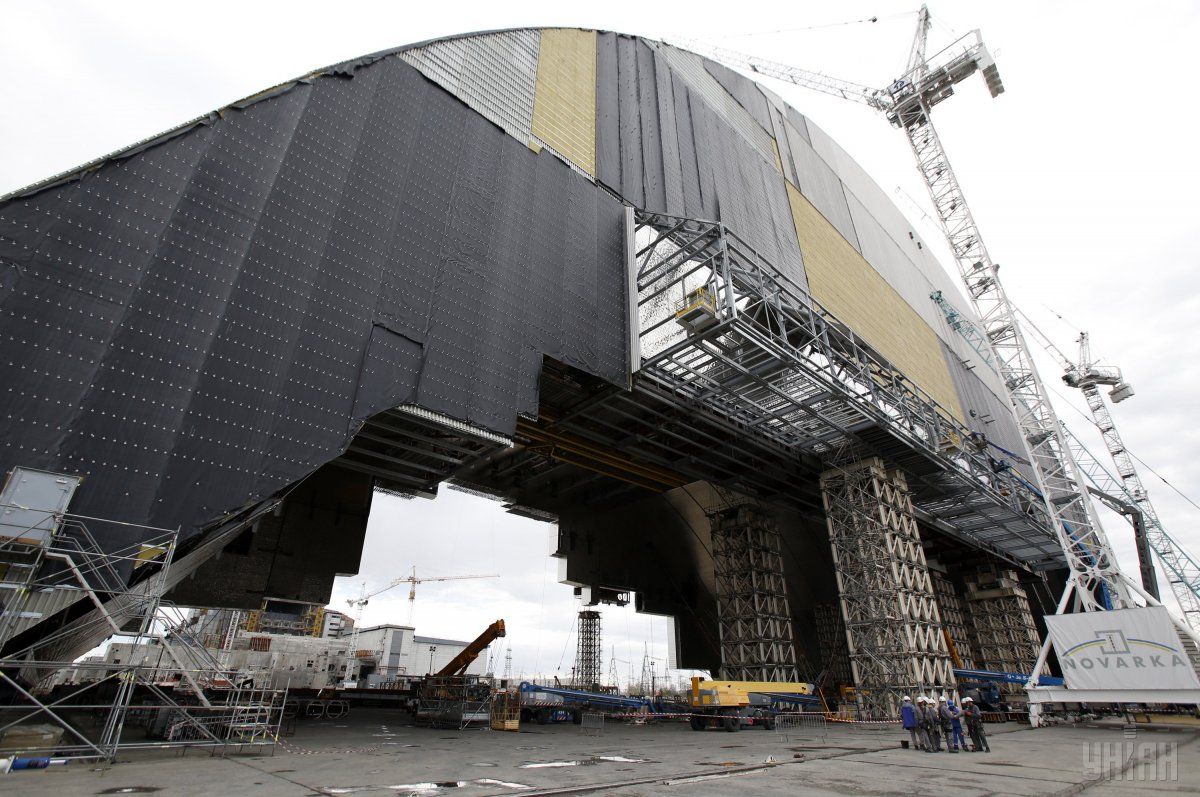
The construction site of the facility employs hundreds of workers, and there are several thousand workers involved in the project. In fact, this construction is the largest in Ukraine since Euro 2012. That’s how unexpected the appearance of the Chornobyl Zone can be.
A Twilight Zone
There is another side to this legendary exclusion zone. Around construction sites and operating companies, there is a territory, where life stopped in 1986. To see this monument to the past, lots of different people flock in the area. First and foremost, the visitors are interested in the ghost town of Prypiat – a perfect tomb of Ukraine’s Communist past. By the time of the evacuation of a young city, built for employees of the NPP and other related industrial facilities, its population totaled 50,000 people, most under 30. Hastily fleeing their homes, people left all their belongings behind. And even afterward, months and years after the tragedy, when the locals were allowed to visit their abandoned homes, they were permitted to take back the most valuable things only.

Ghost Town has been living its lonely life in tranquility, retaining all the attributes of the Soviet era, from the emblems and slogans on buildings to books and wall newspapers in schools. Today, Prypiat is plundered by looters. Broken doors, overturned furniture, uprooted electrical cables and batteries – all this shows how easy it was to get to the zone and get out of it before.
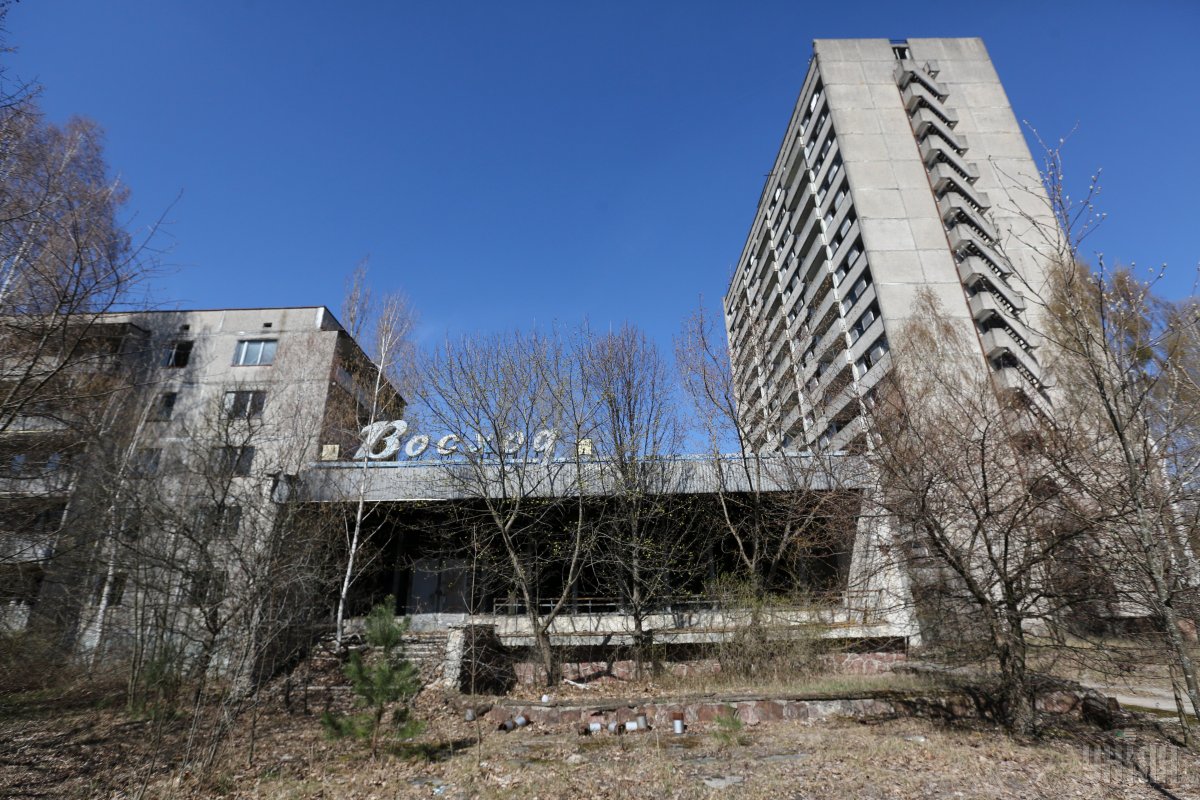
But, in spite of its sad fate, Prypiat has not lost its magnetism. That’s because it is a perfect example of socialist realism in architecture and urban planning. The visitors are still happy to come and see its decayed remains. That is, both legitimate tourists and lovers of the extreme who violate the perimeter.
Despite the opportunity to get into the Zone through official channels, using the services of one of the many companies, there are many enthusiasts who are ready to get to the area in a roundabout. Fortunately, the Zone is huge – with a total area of 2,600 square kilometers. It easily allows the daredevils to penetrate the perimeter with no due permits.
After Stalker, the Ukrainian-made computer game, became highly acclaimed, the numbers of illegal visitors and guides soared. It was the game which made a cult of the Zone for a huge number of young people by creating a new subculture. Based on the adventures of “stalkers” who make forays into the Zone, there are fiction stories written, amateur films shot and a wide range of related products manufactured. Some visitors made a career in telling stories of their adventures in the Zone, releasing books and reports, popular in Ukraine and beyond.
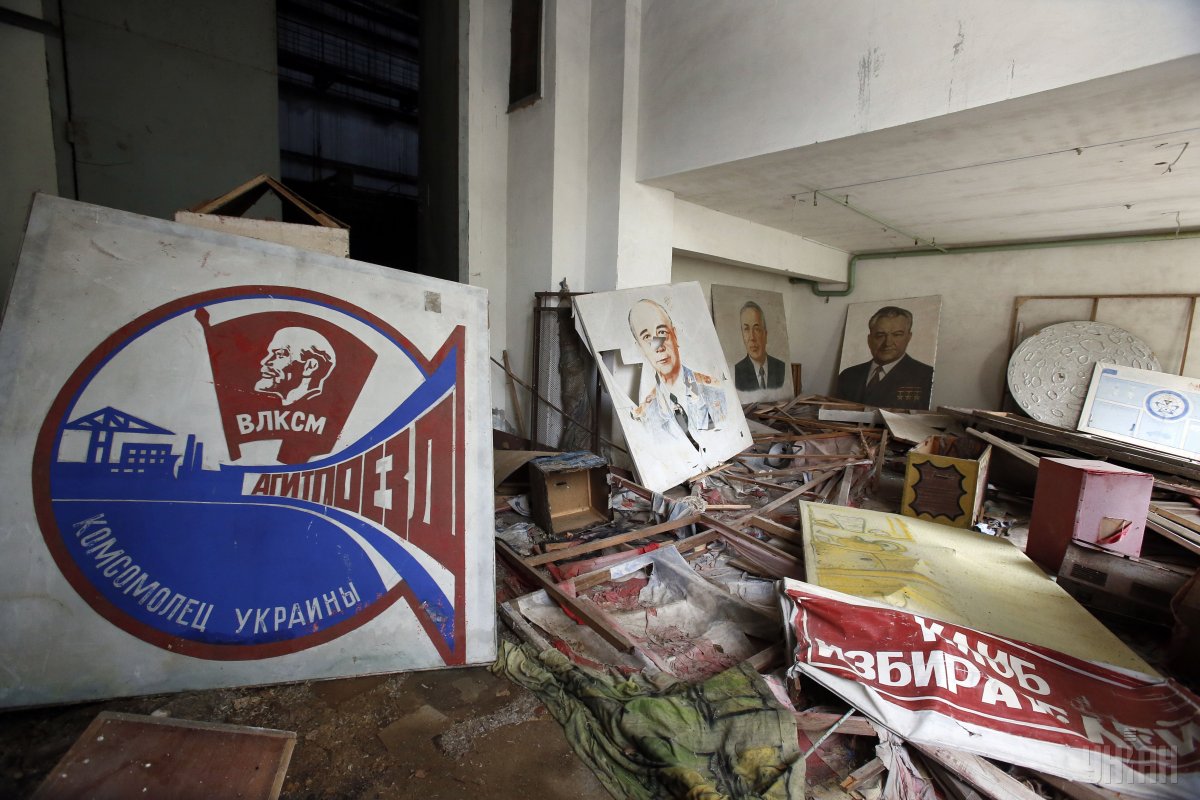
Prypiat also attracts illegal tourists with abandoned military installations remaining in the area. While most of them are either unavailable or have long been sold for scrap in the rest of Ukraine, they are well preserved here, for obvious reasons. We are talking about military stations, sanctuaries of military equipment and so on. The most famous of these sites is the Arc – an early warning radar for detecting launches of intercontinental ballistic missiles. The site is a radar with two giant net antennae, which can be seen many kilometers away. The Soviet Union once built three such stations, but only this one, located in Chornobyl-2 military settlement, survived through the decades. However, head of the State Agency for Management of the Exclusion Zone Vitaliy Petruk said that the antenna has already been sold for scrap. "I have three or four contracts that someone signed somewhere and is now claiming that something must be done about it [the radar]," said Petruk, promising to investigate how this could happen.
Is there a future after Chornobyl
What awaits for the Chornobyl exclusion zone on its 40th and 50h birthday? No one has the answer to this question. The authorities only know one thing for sure – there will be no people living here for many decades ahead.
"Reclaiming this area for human habitation is not economically feasible at the moment," said Petruk. The main task is to solve the problem of possible further contamination of territory with radioactive elements. To do this, first of all, we need to complete the installation of the new confinement and remove nuclear fuel remaining at the Chornobyl NPP.
The completion of construction of the new shelter is scheduled for November 2017. But even when the destroyed power unit 4 will be covered with the arch, Ukraine will have to decide what to do with it later on. After all, there is still highly radioactive alloy of nuclear fuel, graphite, lead, and sand under a layer of concrete.
Therefore, the building under the shelter is planned to be dismantled, but no one knows how to do it yet. Besides, there is some spent fuel left in the Zone from the first three reactors of the Chornobyl NPP. And while it had already been removed from the first and second reactors and sent to storage, the third reactor is still not unloaded. This fuel will be transferred to a purpose-built dry storage facility. Just like a new confinement, it is designed for 100 years of operation and is also built for the donors’ money. Transportation of all fuel from all three reactors of the Chornobyl NPP is scheduled to begin next year and will take 10 years. According to the state program, the completion of the process of bringing the reactors out of operation is scheduled for 2064.
Creation on the basis of the Chornobyl zone of a tourist site of international importance is another widely discussed idea. The project would be promising, but it is being hardly worked through by the authorities. In 2015 alone, 17,000 guests visited the exclusion zone. Even if we consider that some of them come there illegally, the total number of visitors does not meet the level that would pay for the maintenance of the main facilities in good condition.
Abandoned buildings are decaying if unattended. It’s already dangerous to go into many of the buildings in Prypiat, and sooner or later, the concrete Soviet-style apartment blocks will crumble. The current leadership announces tentative plans to perform light maintenance works on part of the buildings, with banning entry to the rest. Meanwhile, the activists put forward some much more daring ideas. For example, they offer to transport the dismantled monuments to Lenin in the Zone from across the country, making it a Museum of Communism. Anyway, the ability to ensure safe visits for a large number of tourists looks quite unrealistic so far. BY the way, no one knows what will happen to this place if people return here. Today, the central part of Prypiat is already full of garbage that the visitors leave behind.
Another focus could be scientific activity. Many Russian experts believe that a unique environment for the study of wildlife has been created in the area. This territory, on the one hand, is affected by radiation, but on the other, it has gone back to its primitive state without human intervention. The exclusion zone has welcomed back many species of animals and restored habitats of rare plants.
Previously, the effects of radiation on humans, flora and fauna were actively studied here. However, at the moment, "the state has no money for that,” according to Petruk. “If academic institutions, researchers, private investment in scientific activities come here – we are open to it all," he told reporters.
Naturally, we are not talking about the Ukrainian scientific organizations, whose funding is ridiculous. A potential partner in the research could be Japan, which, since the Fukushima accident, has been showing great interest in the study of the effects of such incidents.
If you ask the staff of the Chornobyl NPP of their vision of the future of this vast territory, they tell you about great possibilities of industrial exploitation. Many of them, for example, still believe that it was a poor decision to stop the three operating power stations. They were consistently closed under pressure from the international community in 1996, 1999, and 2000, respectively. Although, according to the workers, they fully complied with safety standards and benefited the country.
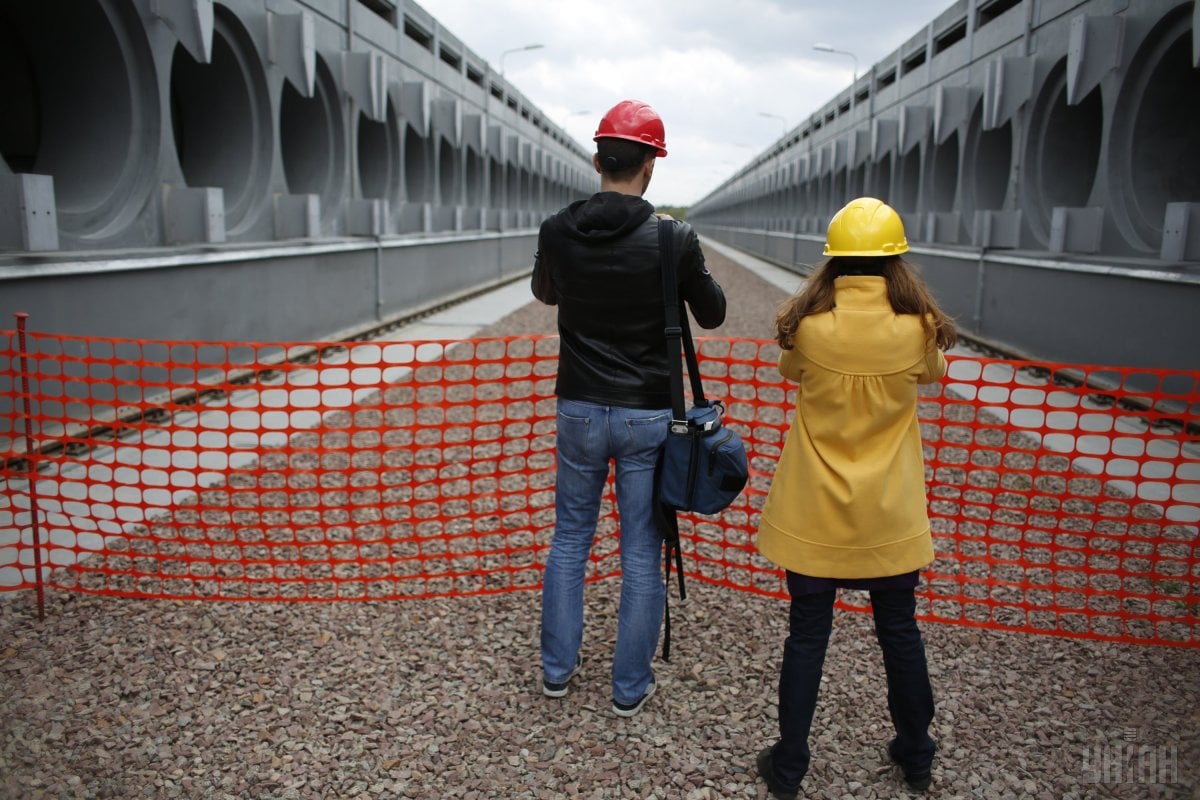
Employees of the Chornobyl NPP can be understood, they want to make money, not hang as a ballast for a budget, cashing out from state programs. Therefore, nuclear scientists are repositories for nuclear waste from the existing Ukrainian NPPs will be set up, and the plants will be built for its processing and disposal. In addition, experts say there is a possibility of the construction of power plants working on alternative energy sources. But the most daring is the idea to build new nuclear facilities, recalling that back in 1986, the Chornobyl NPP produced 10-15% of the country's electricity.
However, the scenario of turning the exclusion zone it into a storage of spent nuclear fuel from the Ukrainian NPPs seems most realistic. This corresponds to Ukraine's aspirations to gain energy independence from Russia, and for this purpose, it can potentially raise funds from donor states. That’s because Ukraine, which is fighting in Donbas with the militants supported by Putin’s Russia and trying to find the path of sustainable economic development, is unlikely to have enough of its own funds.
At present, the construction of the new confinement alone has already cost about $2 billion. "From November 2017, after the introduction of these facilities into operation, Ukraine will remain virtually face to face with the Chornobyl disaster," Petruk said. Therefore, all the efforts of the Ukrainian authorities, in the first place, will be directed at the search for the new funding.
"We are looking for mechanisms that the international community would trust. It is ready to help us, but it expects from us some transparent and open actions," said Petruk.
And the rest of the ideas for the development of the Chornobyl zone, are likely to sink into oblivion if not supported by foreign partners. Besides, there is more than enough time to consider other options of its use, given the half-life of transuranic elements is 24,000 years.
Dmytro Sydorenko (UNIAN)

